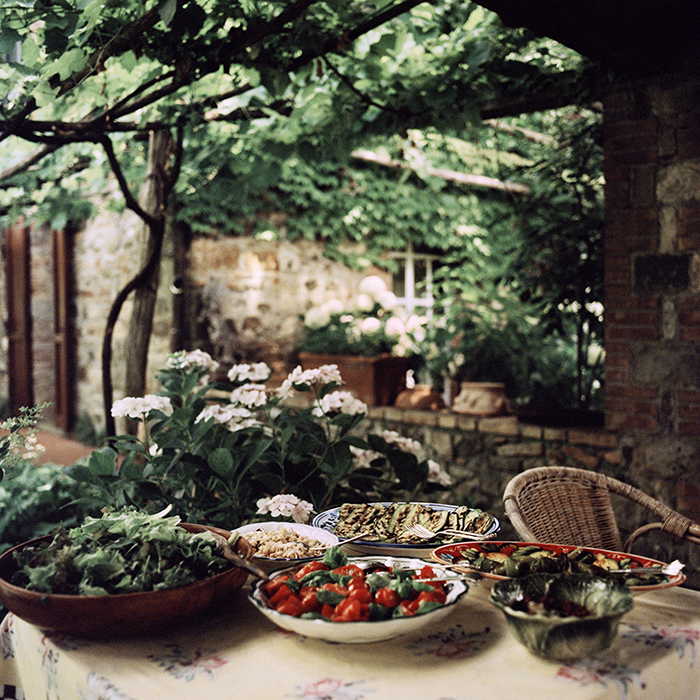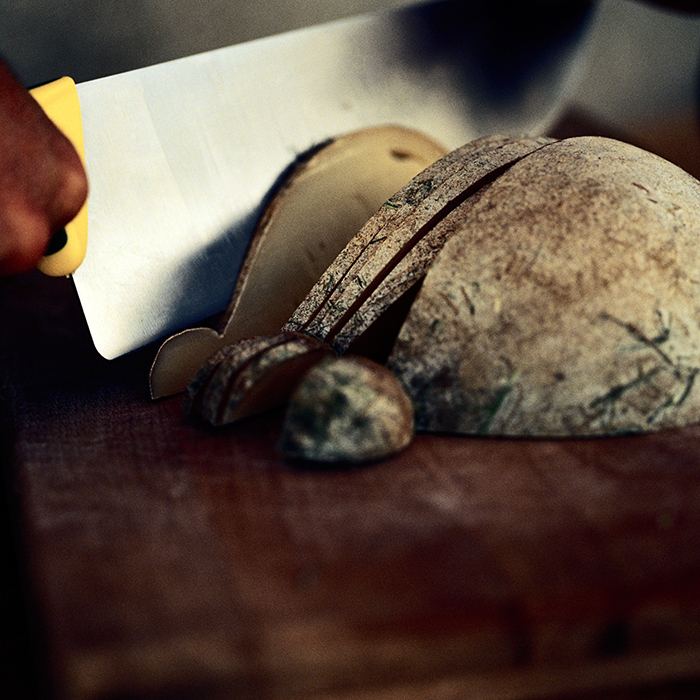Perfect pairings
Author: Berry Bros. & Rudd

Photograph: Jason Lowe
Marche
Le Marche, located on central Italy’s Adriatic coast, is less touristy than its flashy western neighbours, Tuscany and Umbria, but no less beautiful. Its mountainous hinterland is dotted with hundreds of ancient hilltop towns, including Jesi, home to the most famous producers of the local white grape variety, Verdicchio, and Ascoli Piceno, the birthplace of incredibly moreish stuffed olives all’ascolana. Delicious local green olives are stuffed with a meat and cheese mixture, then deep-fried – the perfect accompaniment to a glass of fresh, citrus-led Verdicchio. The wine’s acidity will cut through the richness of the cheese and meat, but has enough flavourful punch to counter the green olives.
Try: olives all’ascolana with 2016 Verdicchio Castelli di Jesi Classico, Superiore, La Staffa, Marche (£14.75) – from the enclave around Jesi, this has notes of lemon and white peach. The palate has a waxy, slightly honeyed note, refreshing acidity and a saline finish.
Piedmont
White truffle season is almost upon us and Piedmont, in north-western Italy, is home to the world’s most highly-prized variant. Come October, the woods around the Langhe town of Alba will be filled with trifulau (truffle searchers) and their dogs out hunting for the local truffles – which can fetch astronomical prices, but also offer extraordinary aromas and complex flavours. With its tight tannic structure and earthy black fruit flavours, the same could also be said of Barbaresco. Try a glass alongside a bowl of fresh pasta, with a decent fluttering of fresh truffle shaved over the top: simple, decadent and comforting.
Try: Alba truffles with 2012 Barbaresco, Sorì Paolin, Cascina Luisin, Piedmont (£34.25) – this gloriously feminine expression of Nebbiolo has layers of dried rose petals, crunchy redcurrant fruit, and rich, savoury undertones.

Photograph: Jason Lowe
Tuscany
Tuscan food tends to be more seasonal and richer than elsewhere in Italy – think bean stew and thick hand-cut pasta. Tortelli mugellani is a perfect example of this: fresh egg pasta stuffed with mashed potatoes, Parmesan, parsley and garlic, they are warm parcels of salty joy, often served with a slow-cooked ragù of pheasant, rabbit, or, indeed, beans (although beef would certainly do). A glass of Rosso di Montalcino (from a couple of hours’ south), with its vibrant acidity and densely packed fruit will balance the rich, comforting dish.
Try: tortelli mugellani with ragù with 2015 Rosso di Montalcino, Lisini, Tuscany (£28.50) – this is perfumed and beautifully lifted on the nose, with nuances of herbs, anise, red cherry and leather which hint at the complexity to come.
Veneto
Venetian cuisine, perhaps unsurprisingly, is very seafood-based and sarde in saor (sardines fried with onions, vinegar, pine nuts and raisins) is one of its most simple, yet sublime, dishes. It was originally prepared by Venetian fishermen, who found that they could preserve fish longer by frying it in flour to eat during long trips at sea. The salty fishiness of this simple dish matches up superbly with the Veneto’s famous dry white, Soave. This one, from Monte del Frà, is especially well-suited – its fresh, clean flavours tempering the saltiness of the sardines.
Try: sarde in saor with 2016 Soave Classico, Monte del Frà, Veneto (£13.00) – with classic aromas of chamomile and herbs, this is fresh and light in body with a clean and elegant mouth-feel.


